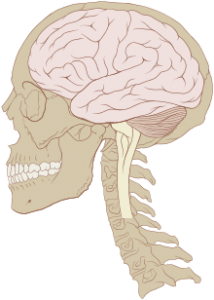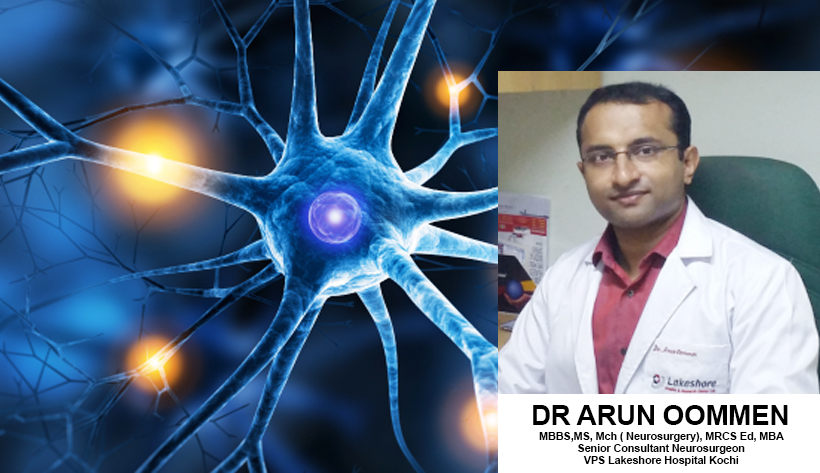02Sep
1
Are brain tumours related to excess cell phone use?
This has been the subject of a great deal of debate in recent years. Cell…
more

 Neuro oncology is the study of brain and spinal cord neoplasms, many of which are (at least eventually) very dangerous and life-threatening (astrocytoma, glioma, glioblastoma multiforme, ependymoma, pontine glioma, and brain stem tumors are among the many examples of these). Among the malignant brain cancers, gliomas of the brainstem and pons, glioblastoma multiforme, and high-grade (highly anaplastic) astrocytoma are among the worst. In these cases, untreated survival usually amounts to only a few months, and survival with current radiation and chemotherapy treatments may extend that time from around a year to a year and a half, possibly two or more, depending on the patient’s condition, immune function, treatments used, and the specific type of malignant brain neoplasm. Surgery may in some cases be curative, but, as a general rule, malignant brain cancers tend to regenerate and emerge from remission easily, especially highly malignant cases. In such cases, the goal is to excise as much of the mass (tumor cells) and as much of the tumor margin as possible without endangering vital functions or other important cognitive abilities.
Neuro oncology is the study of brain and spinal cord neoplasms, many of which are (at least eventually) very dangerous and life-threatening (astrocytoma, glioma, glioblastoma multiforme, ependymoma, pontine glioma, and brain stem tumors are among the many examples of these). Among the malignant brain cancers, gliomas of the brainstem and pons, glioblastoma multiforme, and high-grade (highly anaplastic) astrocytoma are among the worst. In these cases, untreated survival usually amounts to only a few months, and survival with current radiation and chemotherapy treatments may extend that time from around a year to a year and a half, possibly two or more, depending on the patient’s condition, immune function, treatments used, and the specific type of malignant brain neoplasm. Surgery may in some cases be curative, but, as a general rule, malignant brain cancers tend to regenerate and emerge from remission easily, especially highly malignant cases. In such cases, the goal is to excise as much of the mass (tumor cells) and as much of the tumor margin as possible without endangering vital functions or other important cognitive abilities.
Commonly used treatments in neurooncology
1. Radiotherapy
Radiotherapy is an important treatment for central nervous system tumors and has been demonstrated to extend survival and improve the quality of life for patients with many of the primary and metastatic brain tumors.
2. Chemotherapy
Chemotherapy, or the use of drugs in the treatment of cancer, can lead to the long-term control of many malignancies. Some tumors, such as testicular cancer of Hodgkin’s disease, may be cured even when they are widespread. As chemotherapy may be associated with severe toxicity, it should be given under the supervision of one skilled in the administration and monitoring of such agents.
3. Corticosteroids
Corticosteroids (CS) are commonly used in patients with a variety of neuro-oncologic conditions. CS treatment often is required to control symptoms related to increased intracranial pressure (ICP) or peritumoral edema.
4. Neurosurgical Interventions
Neurosurgical intervention is warranted in almost all cases of primary central nervous system tumors and for many metastatic tumors. A biopsy usually establishes a definitive histologic diagnosis. The role of surgery depends on the nature of the tumor. With modern neurosurgical techniques, most patients with extra-axial brain tumors are cured with minimal residual neurologic deficit.




This has been the subject of a great deal of debate in recent years. Cell…
more

Neurological pain is considered one of the most distressing and also one of the most…
more

What is Hydrocephalus?Hydrocephalus is commonly referred to as “water on the brain.” The so-called “water”…
more

A spinal tumour is a cancerous (malignant) or non-cancerous (benign) growth that develops within or…
more

Fibromyalgia is a common and disturbing ailment characterised by chronic widespread pain and a heightened…
more

This has been the subject a great deal of debate in recent years. Cellphones give…
more

Sleep is essential as much as you need to breathe and eat. While you’re sleeping,…
more